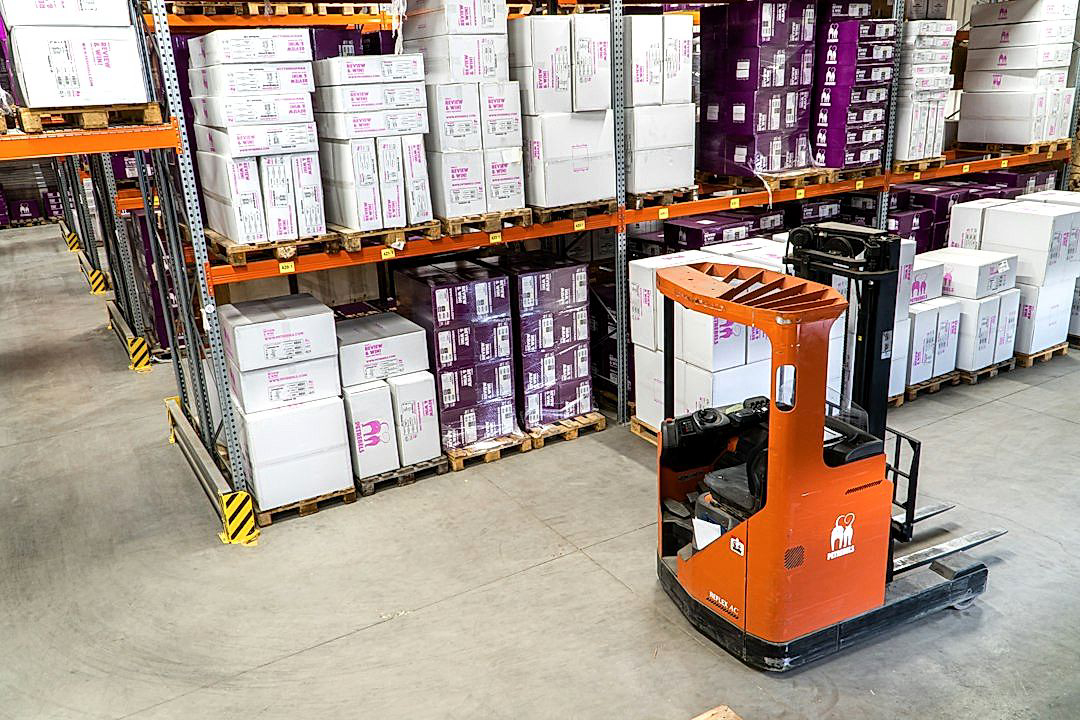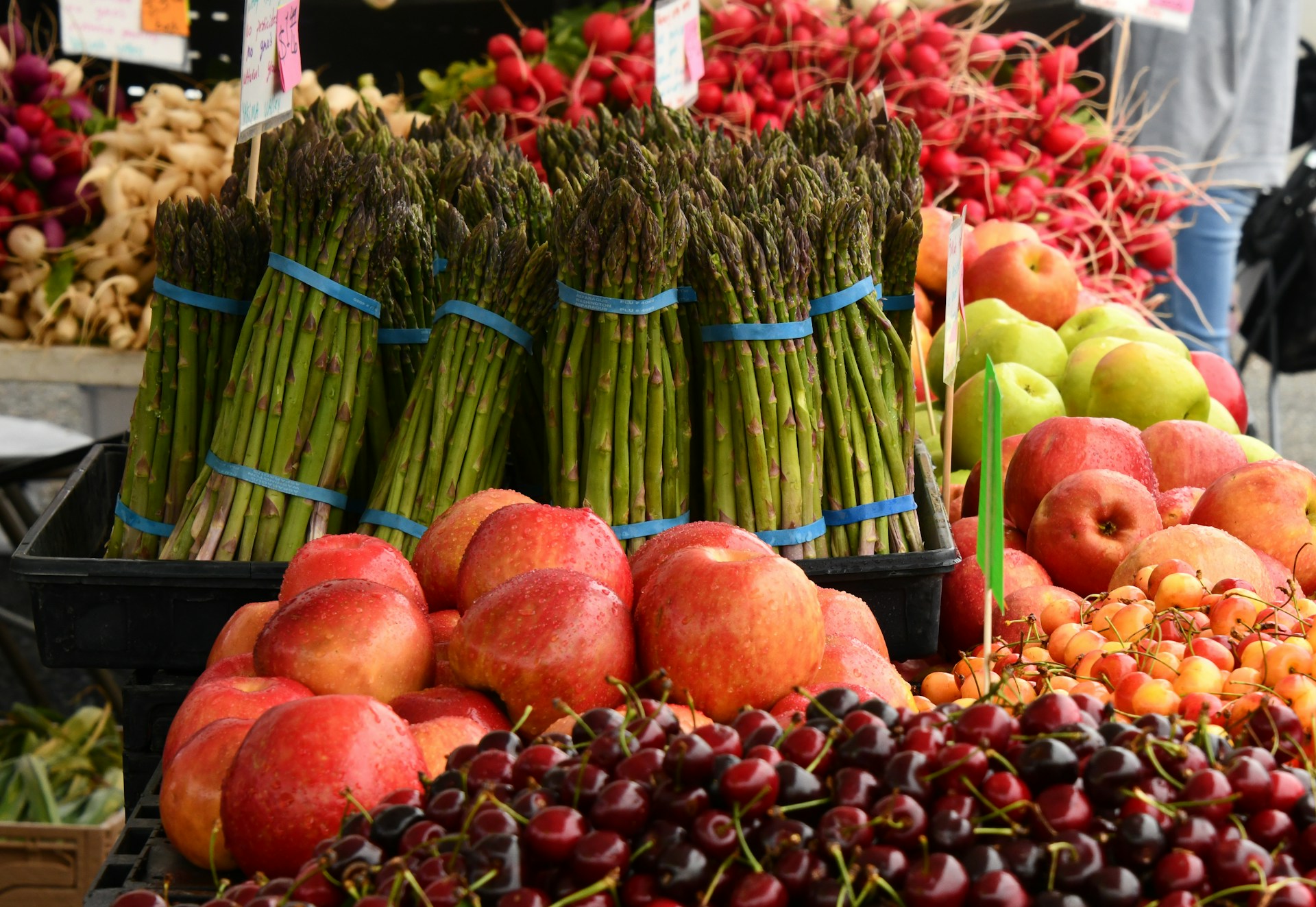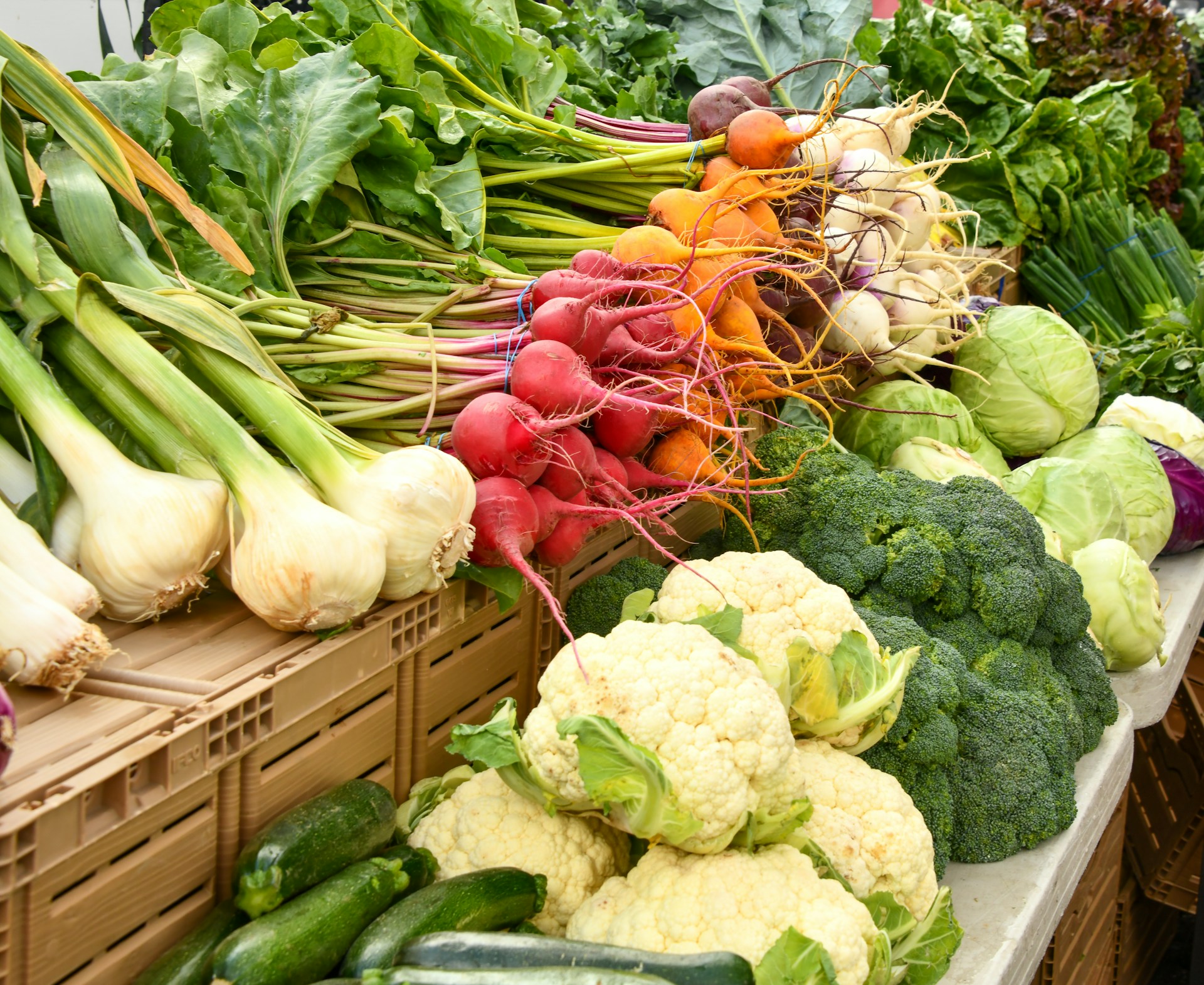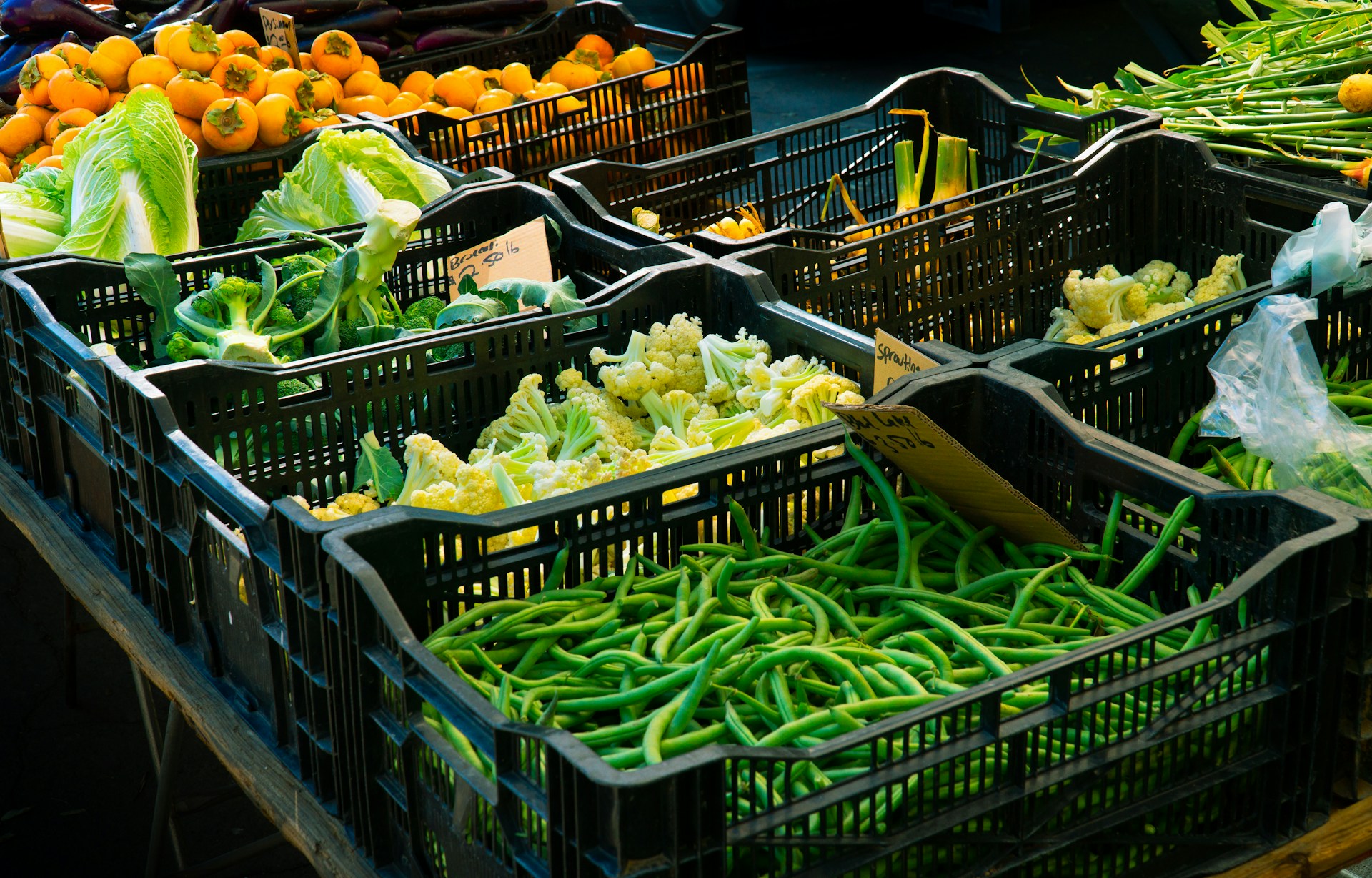In the highly competitive environment of produce distribution, a well-managed inventory can be the key difference between success and failure.
This fact rings true even more today when margins are extremely thin and any inefficiency can lead to substantial monetary loss.
Effective inventory management allows companies to reduce waste, improve cash flow, and increase profitability.
However, achieving this level of efficiency requires in-depth understanding of different techniques and strategies.
It is no longer sufficient to merely track the movement of goods in and out of the warehouse.
This article will delve into various proven methods that ensure smarter, more efficient control of your produce distribution inventory.
Techniques For Smarter Produce Distribution Inventory
1. Implement Automated Inventory Tracking System
An automated inventory tracking system is a critical component in the smarter produce distribution industry.
Through this system, businesses can cinstantaneously monitor the whereabouts and quantities of their produce in real-time.
Automated inventory systems remove the human error that is often associated with manual tracking methods, which can lead to miscounts and loss of products.
Automated inventory tracking system is crucial because it heightens the efficiency and accuracy of tracking goods, saving time and reducing wastage.
The system uses barcodes or RFID tags attached to the produce or the packaging material, where each tag holds exclusive information about the product.
This tagged information includes data like origin, harvest date, type of produce, and quantity.
When the produce moves along the distribution chain, the system scans these tags automatically and updates the inventory in real-time.
One of the greatest advantages of implementing automated inventory tracking is the ability to have real-time data about the quantity and movement of the perishable goods.
This real-time data provides managers with immediate insights about the stock levels, thereby reducing overstocking or under-stocking scenarios.
Another major advantage of this automated system is the ability to coordinate effectively with the rest of the supply chain.
As the system provides real-time information, decision-making speed up on reordering, shipping, or discounting perishable goods as per the inventory status.
Thus, the implementation of an automated inventory tracking system not only enhances accuracy but also elevates productivity levels, reduces losses, and improves customer satisfaction.
The automated inventory tracking system also reduces the amount of time and labor required for inventory management.
This System, when paired with a good Warehouse Management System (WMS), can also help in optimizing warehouse layout by analyzing the frequency of items picked.
Moreover, the significance of an automated inventory tracking system grows with the scale of the business, making it indispensable for large-scale produce distributors.
With the right implementation, an automated inventory management system can transform the way produce is distributed, turning a complex process into a smooth, efficient operation.
2. Prioritize Seasonal and Fast Perishable Goods.
To ensure efficient inventory management in produce distribution, it’s critical to prioritize seasonal and fast perishable goods.
Seasonal produce typically has a limited window of availability and often requires specific storage and handling conditions to maintain quality and shelf-life.
It thus becomes essential to monitor these products closely and adjust inventory levels based on demand patterns and sales velocity.
Similarly, fast perishable goods such as dairy, meat, and fish require stringent inventory controls due to their short shelf-life.
Produce distribution channels must instill systems that allow for the fast and efficient turnover of these goods.
This often calls for specialized storage solutions, speedy routes to market, and robust vendor relationships to ensure a steady supply.
Inventory management systems should be designed to prioritize these goods automatically, providing real-time updates on their status and enabling quick decision-making.
This could be based on factors such as expiry dates, arrival dates, and even consumer buying patterns at different times of the year.
Having a precise understanding of your inventory and where it is in your supply chain can help avoid unnecessary costs and waste.
Moreover, being able to predict demand accurately plays a large role in managing seasonal and perishable goods.
Advanced analytics can help distributors forecast demand, ensuring that they don’t overstock and risk wastage, or understock and risk missing out on potential sales.
A robust produce distribution inventory strategy demands proactive management of seasonal and fast perishable goods.
This not only entails meticulous tracking but also the optimization of storage conditions, efficient transportation, and constant communication with suppliers.
With inventory being a significant investment, its management can make or break the profitability of a produce distribution business.
A strategic approach to inventory management can transform a challenging aspect of the business into an opportunity for growth and profit enhancement.
3. Utilize predictive analytics for demand forecasting.
In the challenging and dynamic sector of produce distribution, the application of predictive analytics for demand forecasting has emerged as an effective technique.
Considering the perishable nature of the goods and often volatile market conditions, accurate demand forecasting is vital to optimize operations and reduce wastage.
Predictive analytics can provide actionable insights for future procurement decisions and inventory management based on historical data and trends analysis.
It is broadly defined as a statistical approach that leverages a range of techniques from data mining, machine learning and artificial intelligence to analyze existing data and predict future trends.
With the rapid growth of technology, predictive analytics have evolved to a level that can sift through massive datasets, analyze complex patterns, and identify trends and patterns that human analysts may overlook.
For instance, predictive analytics models can forecast a surge in demand for a specific produce due to a seasonal change or a change in consumer preference, enabling distributors to plan and optimize their inventory accordingly.
This advanced technique can also identify potential risks and bottlenecks in the supply chain, enabling businesses to take preemptive measures.
By predicting trends, predictive analytics helps distributors understand ‘when’, ‘where’ and ‘how much’ of a produce will be needed in the future. This aids in taking informed supply chain decisions including procurement, storage, transportation and distribution.
Aforementioned, this method can be particularly useful for companies dealing with fast-perishable goods as it can lead to more efficient inventory management and reduced wastage.
Furthermore, by leveraging predictive analytics, distributors can also reduce operational costs, improve performance and enhance customer satisfaction through better availability and fresher produce.
Implementing predictive analytics in demand forecasting involves several stages including data collection, data cleansing, model building, validation, and deployment.
Effective implementation requires investment in technology infrastructure, a team of experts, and continuous monitoring and adjustment of predictive models.
The value derived from accurate demand forecasting using predictive analytics can significantly outweigh the cost investments, providing businesses with a competitive edge in the market.
Thus, the utilization of predictive analytics for demand forecasting in produce distribution provides a strategic advantage by promoting efficient inventory management, minimizing wastage, and optimizing operational efficiency.
By understanding the fundamental components and benefits of predictive analytics, produce distributors can leverage this advanced technology to make more informed decisions.
Overall, this technique represents a major shift towards data-driven decision making in produce distribution and holds great potential for companies aiming to improve their inventory management practices.
4. Optimize storage conditions to reduce wastage.
When dealing with produce distribution inventory management, one crucial aspect that can drastically affect efficiency and wastage is the way the inventory is stored.
Certainly, optimizing storage conditions is of paramount importance in ensuring freshness, taste, as well as the overall quality of the goods.
The first step to achieve appropriate storage conditions is understanding the unique requirements of each produce in terms essential conditions required such as temperature, humidity, light, and airflow.
With produce, factors such as ripening rate, interaction with other fruits and vegetables, and potential for bruising or injury must also be considered in the storage strategy.
To optimize storage conditions, investing in high-quality cold storage facilities or refrigerators with adjustable settings for temperature and humidity control is recommended.
Using storage units that employ advanced technologies for precise control of environmental factors can drastically improve the lifespan and quality of perishable goods.
This ultimately reduces wastage, boosting the bottom line and ROI.
Additionally, an innovative approach to storage includes using ethylene absorbers or ethylene control technologies to slow down the ripening process and thereby extend the shelf-life of fruits and vegetables.
Moreover, the layout and organization of the storage area also play a critical role in optimizing storage conditions.
For instance, produce should be stored off the floor on shelves or pallets to enhance air circulation and prevent potential contamination.
Furthermore, produce should not be stacked too high or too tightly as this may increase the risk of damage or accelerate the ripening process.
It’s also important to make use of a first-in-first-out (FIFO) system to sell older inventory first and to regularly rotate stocks.
In essence, optimizing storage conditions to reduce wastage in produce distribution inventory management necessitates a thorough understanding of the way in which produce is stored, a substantial financial investment in advanced storage technologies, and a smart, systematic approach to inventory organization.
Ultimately, the main goal remains reducing wastage and improving efficiency, which can be significantly achieved by optimizing the storage conditions.
5. Strengthen Supplier and Transporter Communication Channels
To make the process of produce distribution inventory more efficient, one of the important steps involves strengthening supplier and transporter communication channels.
Effective communication with the suppliers and transporters ensures that there are no gaps in the information flow, hence facilitating timely delivery, efficient inventory management and reduction in losses.
Developing a central communication platform for all the parties involved in the distribution chain can be one of the ways to strengthen these channels.
The central communication platform can be used by the suppliers to notify of the availability or shortage of produce, by the transporters to give updates on delivery schedules, and by the inventory managers to update the demand forecasts.
The platform can be in the form of a shared software application, a web portal, or a mobile app.
All messages shared on the platform should be clear, concise and free of any industry jargon to avoid confusion.
This comprehensive platform will ensure that everyone included in the distribution chain is kept in the loop with regards to all the necessary information and updates.
This platform, as a strengthening tool for communication channels, will ensure the swift resolution of any disputes or grievances between suppliers and transporters which may otherwise lead to unnecessary delays or loss of produce.
It facilitates the swift resolution of any grievances that may arise between suppliers and transporters, averting unnecessary delays, or even loss of produce.
Regular training and updates to all the parties involved is another crucial aspect as it ensures that everyone is up-to-speed with the new technology, processes, and updates.
This will make sure that any roadmap changes, delivery schedules and demand forecasts are comprehended properly, hence improving the overall efficiency.
Creating a feedback mechanism and taking into account the suggestions or grievances of suppliers and transporters can also play a major role in strengthening these communication channels.
It will not only result in improved efficiency and reduce wastage, but also help in building trust among the parties involved in distribution.
In essence, with strong communication channels, suppliers and transporters can effectively contribute to the process of inventory management, making the entire distribution process more transparent and accountable.
Incorporating these methods in your techniques for smarter produce distribution inventory, can serve to elevate your operations, consequentially making your overall productivity more innovative and effective.
All in all, robust and transparent communication channels are a core pillar in any successful produce distribution inventory management technique.
The Bottom Line
Optimizing the efficiency of stocking perishable goods must be a priority for contemporary businesses to reduce wastage and promote sustainability.
Implementing an automated inventory tracking system and prioritizing seasonal and fast perishable goods can significantly streamline this process.
At the same time, predictive analytics offer invaluable insights into demand forecasting, allowing for more accurate planning and decision making.
Through optimizing storage conditions and strengthening supplier and transporter communication channels, businesses can further enhance their operational efficiency.
These strategies, utilized in combination, have the potential to dramatically minimize wastage and promote a more proactive, sustainable approach to stock management.




